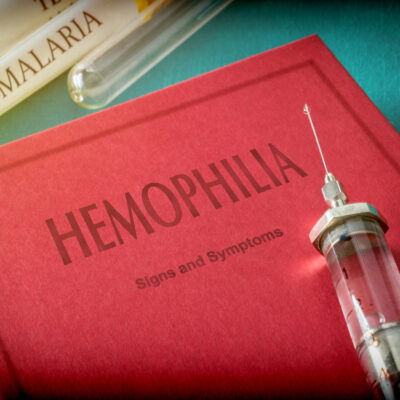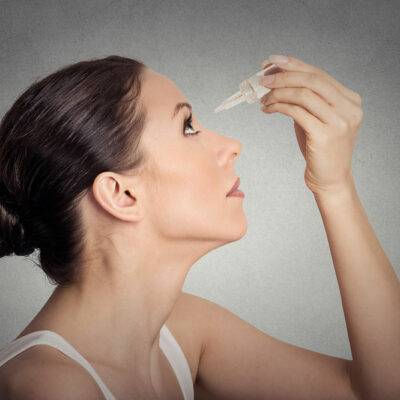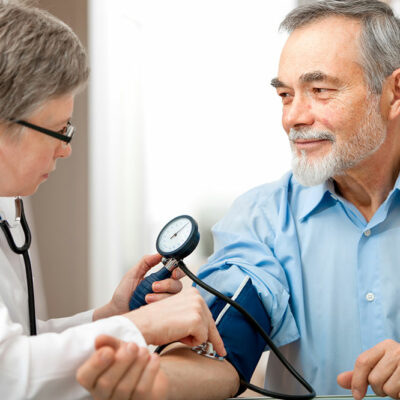
Health
Sleep Apnea – Risk Factors and Preventive Measures
A sleep disorder with symptoms ranging from mild to serious, sleep apnea causes sudden interruption of breathing while one is asleep. Snoring might also indicate the presence of sleep apnea in adults. Let’s look at the risk factors for sleep apnea and a few effective prevention tips to keep the disorder at bay. Risk factors for sleep apnea Obese men are in the high-risk category for sleep apnea, as one’s body weight has a huge role to play in its development. People who do not maintain a healthy BMI and those who gain excess weight over a short period are at risk of developing sleep apnea. It mainly affects adults, and men are more likely to be affected than women. People with a family history of this sleep disorder should be careful and discuss the risks with their doctor. Any signs like snoring should be given due attention, especially if the condition runs in the family. Biological factors like neck circumference could also lead to an increased risk of sleep apnea. If the neck size is larger than 16 inches in women or 17 inches in men, it elevates the risk of sleep apnea. Prevention tips Sleep apnea is not serious by itself, but the associated complications can be severe.
Read More 















